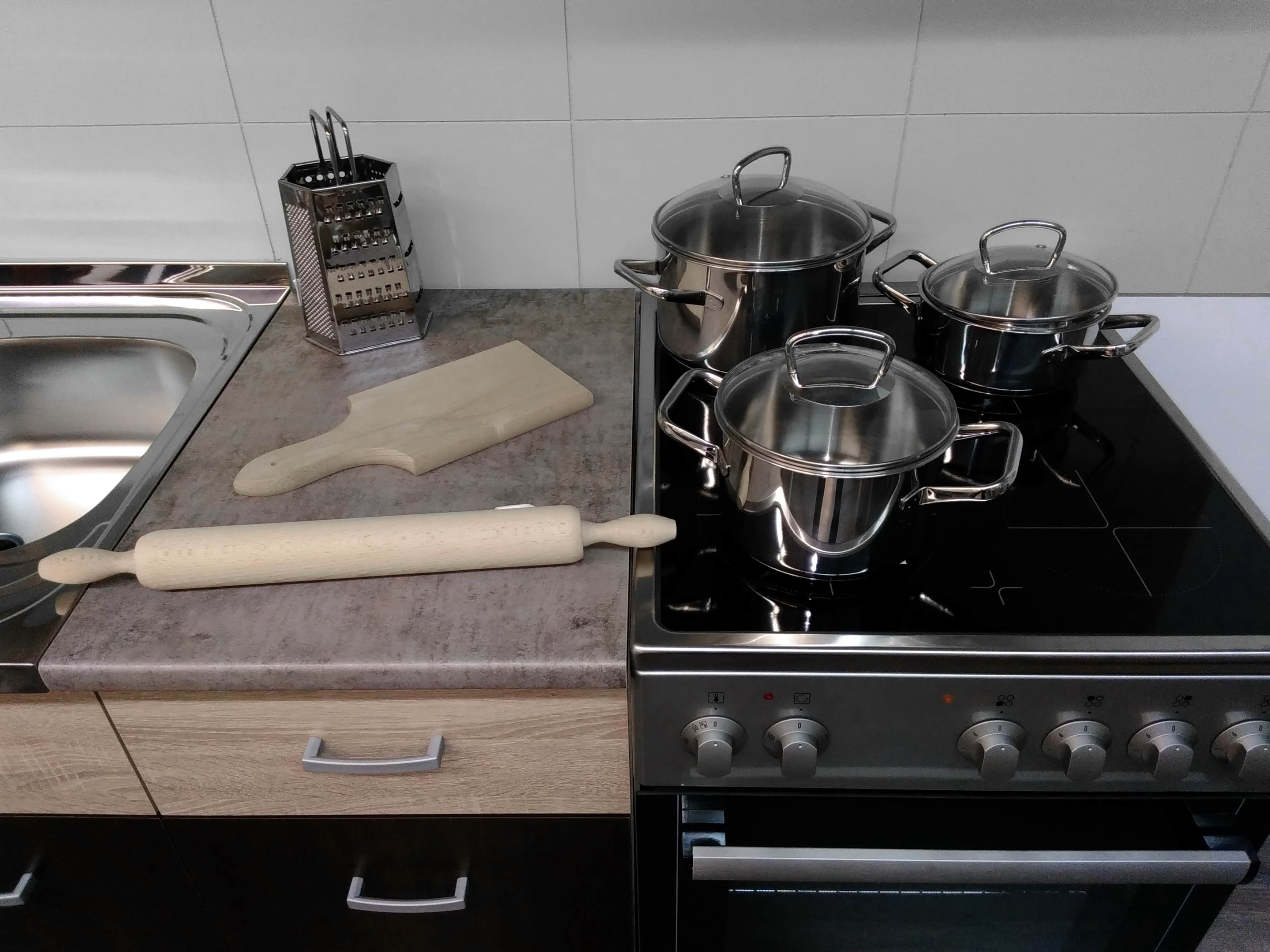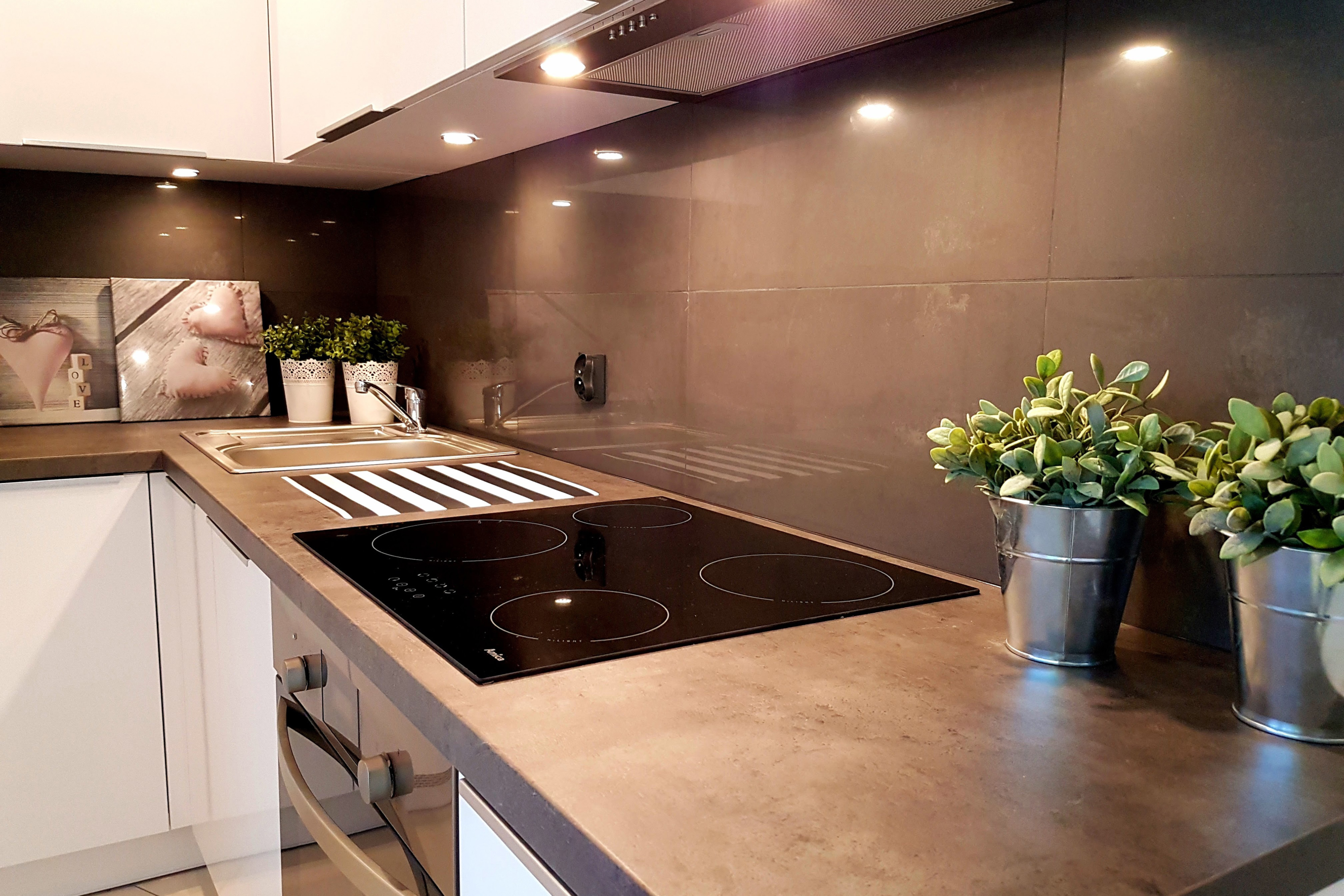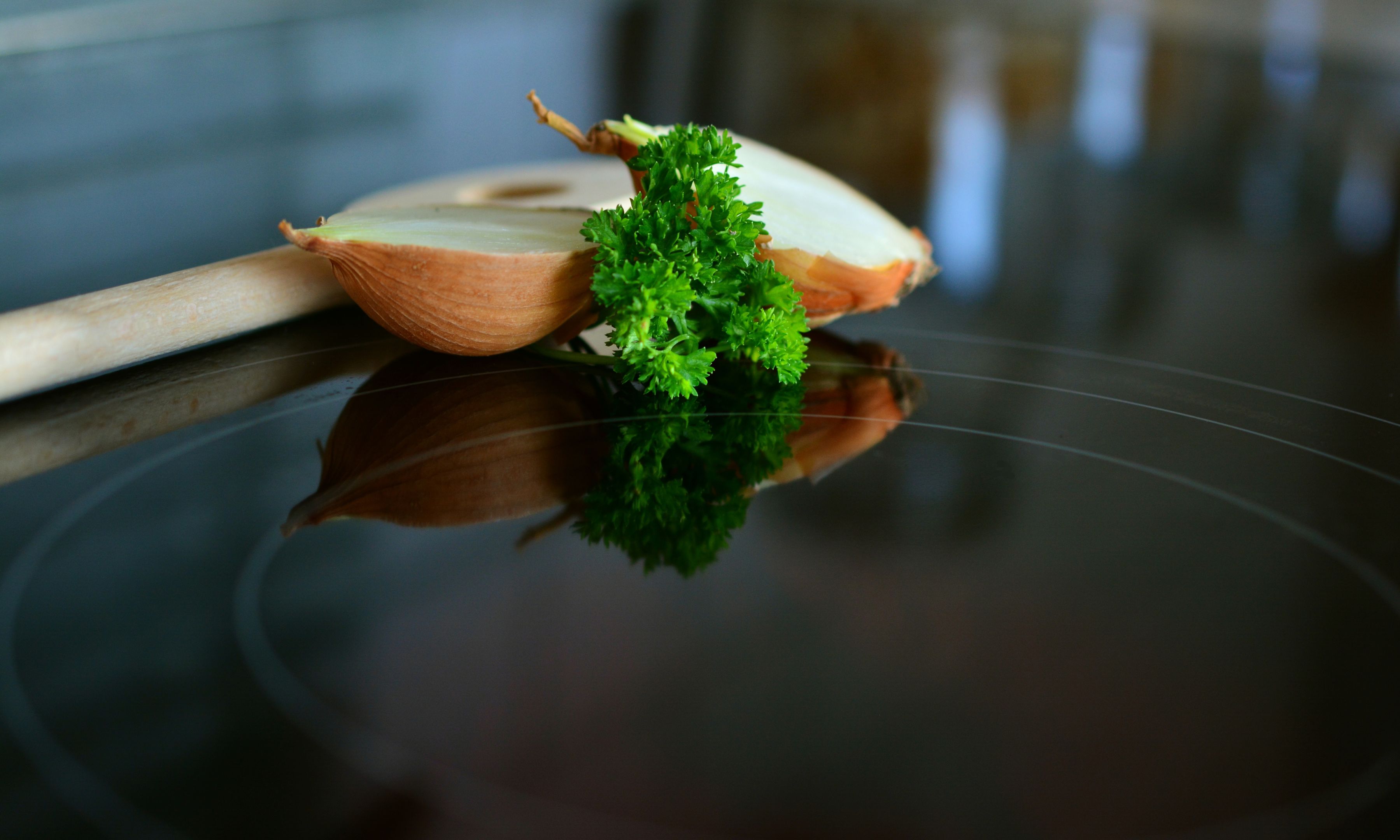Vegan Globetrotter is supported by our audience. When you purchase through one of our links, we may earn a small affiliate commission. As an Amazon Associate I earn from qualifying purchases. Your cost is not affected.
==================
Hey there, fellow induction cooktop enthusiast! If you’re like me and love the speed, efficiency, and safety that these modern kitchen appliances bring to the table, you’re in for a treat. Today, we’re diving into the essential art of cleaning induction cooktops. Whether you’re a seasoned pro or just starting to explore the world of induction cooking, this guide will equip you with the knowledge and techniques you need to keep your cooktop in top-notch condition. So, let’s roll up our sleeves and discover the ins and outs of maintaining these remarkable kitchen companions.
Cleaning Induction Cooktops: A Safe Guide
Cleaning induction cooktops might seem difficult at times. As a proud owner of an induction cooktop, I can attest to the appliance’s efficiency and convenience. Induction cooktops heat up faster than traditional stoves; they are energy-efficient and safer. However, an induction cooktop requires regular maintenance and cleaning like any other kitchen appliance.
In the following paragraphs, I would like to share my knowledge about induction cooktops, and why cleaning them properly is crucial for their performance. I hope that by the end of this article, you will better understand induction cooktops and how to care for them.
Induction cooktops use a process called magnetic induction to generate heat. Unlike gas or electric stoves, induction cooktops don’t heat up themselves, but they transfer heat to the cookware directly. This makes them safer and more efficient. However, this also means that they require special care and attention when it comes to cleaning and maintenance.

Understanding the Importance of Induction Cooktop Cleaning
Cleaning an induction cooktop is not only about maintaining its appearance. It’s also about ensuring its optimal performance and longevity. Unlike traditional stoves, where the heat comes from a flame or an electric coil, induction cooktops generate heat directly in the cookware. Any residue or dirt on the cooktop can interfere with its performance.
Additionally, if not cleaned properly, the residue can harden over time, making it more difficult to remove and potentially damaging the cooktop’s surface. This is why cleaning your induction cooktop regularly and adequately is essential.
Lastly, a clean induction cooktop is more efficient. When the induction cooktop surface is clean, the magnetic field can interact with the cookware more effectively, resulting in faster and more even cooking. Therefore, a clean induction cooktop is not only more pleasing to look at, but it also helps you cook better.

What is Ferromagnetic Cookware for Induction Cooktops?
To fully understand the importance of cleaning induction cooktops, we first need to understand what types of cookware suit these appliances. Induction cooktops require ferromagnetic cookware, or in other words, cookware that is attracted to a magnet.
This is because induction cooktops create a magnetic field that induces heat in the cookware. If the cookware is not magnetic, the induction process will not work, and the cookware will not get hot. Therefore, when using an induction cooktop, you must ensure you are using the right cookware. Ferromagnetic cookware includes cast iron, steel, and magnetic stainless steel. It’s important to note that some types of stainless steel are not magnetic, so you need to make sure that you are using magnetic stainless steel cookware.
Cleaning Induction Cooktops: A Step-by-Step Tutorial
Cleaning an induction cooktop may seem daunting, but it’s quite simple if you know the correct steps. Here’s a detailed guide on how to clean your induction cooktop.
First, you need to ensure the cooktop is completely cool before you start cleaning. This is important for your safety and to prevent any cleaning product from getting burnt on the cooktop.
Next, wipe the cooktop surface with a damp cloth to remove any loose dirt or residue. Then, apply a small amount of cooktop cleaner onto the surface and rub it with a soft cloth. Follow the manufacturer’s instructions when using the ceramic cooktop cleaner.
After you’ve rubbed the cleaner onto the cooktop, let it sit for a few minutes. Then, wipe off the cleaner with a damp cloth. Finally, dry the cooktop with a soft cloth to prevent any watermarks.
Best Way to Clean Burnt Induction Cooktop
Burnt food residue on the stovetop can be a bit more challenging to remove, but with the proper technique, it’s not impossible. The best way to clean a burnt induction cooktop is to use a cooktop cleaner and scraper.
First, spray the cleaner onto the burnt residue and let it sit for a few minutes. Then, carefully scrape glass cleaner off the residue with the scraper. Hold the scraper at an angle and use gentle pressure to avoid scratching the cooktop.
After you’ve removed the burnt residue, wipe off the cleaner with a damp cloth and dry the cooktop with a soft, dry cloth. If there’s still some residue left, repeat the cleaning process.
Maintenance Tips for Prolonging Induction Cooktop Performance
Besides regular cleaning, you can do a few other things to prolong the performance of your induction cooktop. Firstly, always use the right size of cookware. If the cookware is too small for the cooking zone, it may not heat up properly and can also cause the cooktop to turn off automatically.
Secondly, always lift the cookware when moving it around deeper cleaning the cooktop. Dragging the cookware can scratch the surface of the cooktop.
Lastly, avoid using cookware with a rough bottom, as it can also scratch the cooktop. If you are not sure whether your cookware is suitable for a ceramic cooktop, try running your hand over the bottom of the cookware. If it feels rough, it’s probably not suitable for an induction cooktop.
How to Choose the Right Magnetic Cookware for Induction Cooktops
Choosing the right cookware for your induction cooktop is crucial for its performance. As mentioned before, induction cooktops require ferromagnetic cookware. But what does this mean in practice?
When shopping for cookware, look for ones labeled as cleaning induction cooktop-compatible. These are usually cast iron, steel, or magnetic stainless steel. Alternatively, you can test the cookware with a magnet. If the magnet sticks to the bottom of the cookware, it’s suitable for an induction cooktop.
When choosing the size of the cookware, make sure it matches the size of the cooking zones on your cooktop. Using too small or too large cookware can affect the efficiency of the cooktop.
Common Mistakes to Avoid
When cleaning an induction cooktop, there are a few common mistakes that you should avoid. Firstly, don’t use abrasive cleaners or scouring pads, as they can scratch the cooktop’s surface. Always use a cleaner specifically designed for induction cooktops and a soft cloth.
Secondly, don’t use a wet cloth paper towel, damp sponge, or sponge to clean the cooktop. Water can get into the electrical components of the cooktop and cause damage. Always use a damp cloth and dry the cooktop thoroughly after cleaning.
Lastly, don’t ignore burnt-on residue. If left untreated, it can harden and become more difficult to remove. It can also interfere with the performance of the cooktop. If you notice burnt-on residue on a flat surface, clean it as soon as possible.
Professional Services
If you feel uncomfortable cleaning your induction cooktop, or if it’s heavily stained and you can’t remove it yourself, you can hire a professional cleaning service.
Professional cleaners have the knowledge and the tools to clean your induction cooktop safely and effectively. They can remove even the most stubborn stains and burnt-on residue, leaving your cooktop looking like new.
However, professional cleaning supplies and services can be expensive, so they are not a practical cleaning solution used for regular maintenance. They are more suitable for occasional deep cleaning or for dealing with particularly challenging cleaning tasks.
The Key Takeaways for Keeping Your Induction Cooktop at Its Best
To sum up, cleaning your induction cooktop is essential for its performance and longevity. Regular cleaning prevents residue build-up, ensures efficient cooking, and keeps your cooktop looking like new.
Remember to use the right cleaning products and tools to clean the cooktop when it’s cool and to dry it thoroughly after cleaning. Avoid using abrasive cleaners on a glass surface or rough cookware; don’t ignore burnt-on residue.
Lastly, if you need help cleaning your cooktop, don’t hesitate to hire a professional solution or service. They can provide a deep clean and give your cooktop a new lease on life.
I hope that you found this guide helpful and that it will assist you in taking good care of your induction cooktop. Happy cooking!

Frequently Asked Questions
How Do I Clean My Cooktop?
To clean an induction cooktop, start by wiping the stovetop surface with a damp cloth to remove any loose debris. Use a non-abrasive cleaner designed for induction cooktops and a soft sponge or microfiber cloth for a thorough clean.
What Should I Avoid When Cleaning?
Avoid using abrasive sponges glass cleaners, steel wool, or harsh cleaning chemicals, as they can scratch the surface and damage the cooktop. Also, do not spray water directly on a hot cooktop as it may cause thermal shock and crack the glass.
How Often Should I Clean?
Ideally, you should clean your induction cooktop after every use to prevent the buildup of food and spills. A regular cleaning routine will help maintain its appearance and functionality.
Check Our Socials!
Follow our Facebook and discover places where plant-based options abound, making it easier for vegans to enjoy their travels. Check our Twitter and connect with a supportive community of like-minded vegan travelers.
Follow our Pinterest Board and discover stunning vegan travel list images. Follow our Instagram to get inspired for your next vegan-friendly meal and adventures.
Additional Reading
Here you can create the content that will be used within the module.



Don't miss out
when new recipes and information are added!
Join our newsletter for free recipes,
healthy living inspiration, and special offers
You have Successfully Subscribed!